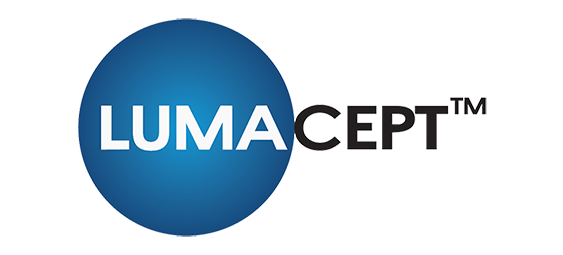Researchers at the University of Nebraska Medical Center have recently published an article in the Journal of Occupational and Environmental Hygiene demonstrating the benefits of Lumacept UV-C reflective coatings. This study was conducted in the Nebraska Biocontainment Unit, which is one of only a few units in the US capable of treating patients with deadly infectious diseases such as Ebola. In this study, researchers used a portable UV device to inactivate MRSA and VRE and found that “coating hospital room walls with UV-reflective paint enhanced UVGI disinfection of nosocomial bacteria on various surfaces compared to standard paint, particularly at a surface placement site indirectly exposed to UVC light.”
From PubMed:J Occup Environ Hyg. 2017 Jun;14(6):456-460. doi: 10.1080/15459624.2017.1296231.
Ultraviolet (UV)-reflective paint with ultraviolet germicidal irradiation (UVGI) improves decontamination of nosocomial bacteria on hospital room surfaces.
Jelden KC1, Gibbs SG2, Smith PW3, Hewlett AL3, Iwen PC4,5, Schmid KK6, Lowe JJ1.
Abstract
An ultraviolet germicidal irradiation (UVGI) generator (the TORCH, ClorDiSys Solutions, Inc.) was used to compare the disinfection of surface coupons (plastic from a bedrail, stainless steel, and chrome-plated light switch cover) in a hospital room with walls coated with ultraviolet (UV)-reflective paint (Lumacept) or standard paint. Each surface coupon was inoculated with methicillin-resistant Staphylococcus aureus (MRSA) or vancomycin-resistant Enterococcus faecalis (VRE), placed at 6 different sites within a hospital room coated with UV-reflective paint or standard paint, and treated by 10 min UVC exposure (UVC dose of 0-688 mJ/cm2 between sites with standard paint and 0-553 mJ/cm2 with UV-reflective paint) in 8 total trials. Aggregated MRSA concentrations on plastic bedrail surface coupons were reduced on average by 3.0 log10 (1.8 log10 Geometric Standard Deviation [GSD]) with standard paint and 4.3 log10 (1.3 log10 GSD) with UV-reflective paint (p = 0.0005) with no significant reduction differences between paints on stainless steel and chrome. Average VRE concentrations were reduced by ≥4.9 log10 (<1.2 log10 GSD) on all surface types with UV-reflective paint and ≤4.1 log10 (<1.7 log10 GSD) with standard paint (p < 0.05). At 5 aggregated sites directly exposed to UVC light, MRSA concentrations on average were reduced by 5.2 log10 (1.4 log10 GSD) with standard paint and 5.1 log10 (1.2 log10 GSD) with UV-reflective paint (p = 0.017) and VRE by 4.4 log10 (1.4 log10 GSD) with standard paint and 5.3 log10 (1.1 log10 GSD) with UV-reflective paint (p < 0.0001). At one indirectly exposed site on the opposite side of the hospital bed from the UVGI generator, MRSA concentrations on average were reduced by 1.3 log10 (1.7 log10 GSD) with standard paint and 4.7 log10 (1.3 log10 GSD) with UV-reflective paint (p < 0.0001) and VRE by 1.2 log10 (1.5 log10 GSD) with standard paint and 4.6 log10 (1.1 log10 GSD) with UV-reflective paint (p < 0.0001). Coating hospital room walls with UV-reflective paint enhanced UVGI disinfection of nosocomial bacteria on various surfaces compared to standard paint, particularly at a surface placement site indirectly exposed to UVC light.
